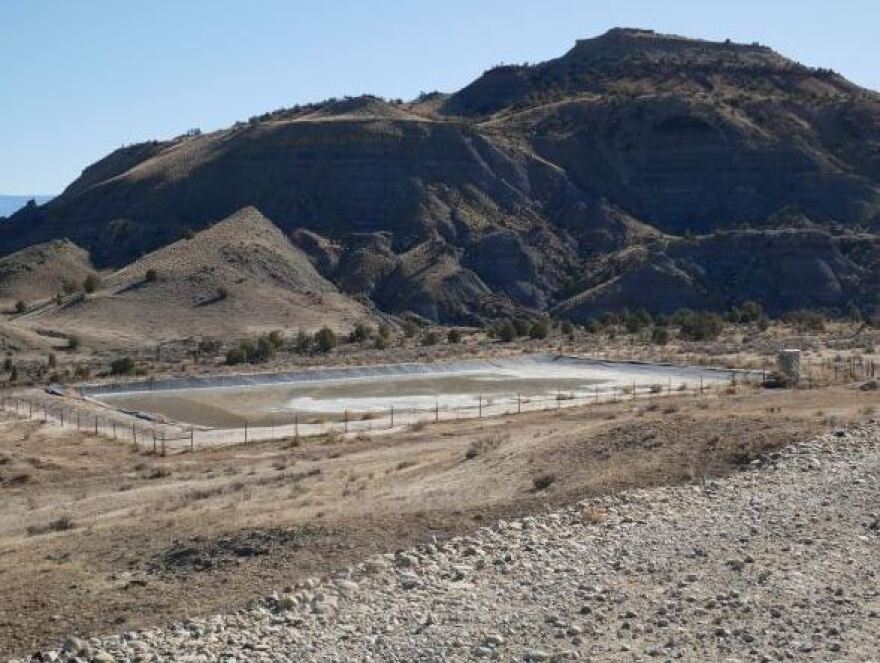About twice a week, oil and gas operators in Colorado’s Piceance Basin file “Form 19” also called a Spill/Release Report with the Colorado Oil and Gas Conservation Commission (COGCC). Nine times out of 10, the spilled substance is a form of hazardous waste byproduct called produced water.
For Oil & Gas industry advocates on Colorado’s Western Slope, its well known that business just ain't what it used to be.
Brian Gallagher is principal for a small investment group focused on industrial water and sustainability. He's also a process engineer who has developed treatment methods for industrial water.
Despite the decline in oil and gas production, he says that even until 2019 he was involved in providing wastewater treatment services in Rifle, a town that sits at the center of a once-booming natural gas industry. Downturn or not, the after effects of the previous boom are still clear to see.
Spend some time driving around western Garfield County and it’s hard to miss the steel tanks, usually in sets of two or more, many of which act as temporary storage for water that flows back to the surface as a byproduct of oil and gas production. This produced water - or wastewater - is a combination of the millions of gallons used to hydraulically fracture each well, plus water trapped in the rock formations with the oil and natural gas.
Produced water is also known as “brine” because it can contain large quantities of salts and minerals. Volatile organic compounds like benzene, naturally occurring radioactive materials and many other unknown chemical additives can also be found in the water.
The COGCC’s production database shows that in 2019, operators in the state of Colorado reported producing over 26 billion gallons of wastewater, enough to fill more than 40,000 olympic swimming pools. At least 40 percent of that water was produced in Rio Blanco and Garfield Counties.

Keeping all that water contained and out of the environment prior to disposal or treatment poses a huge challenge. Untreated produced water is corrosive. Combine that with high mineral contents, and over time, pipelines, tanks, pit liners and valves degrade, resulting in frequent spills.
Other contributing factors include human error, failure to follow procedures, freezing temperatures, and operators facing slim margins employing fewer experienced workers to maintain aging equipment.
In many instances, spills are contained inside secondary emergency containment structures such as piles of gravel or lined steel walls. But operators don’t always get that lucky, and toxic water spills reach the soil, enter surface water, or are discovered bubbling up in the middle of a field above a buried pipeline.
Lesley Sebol is a hydrogeologist with the Colorado Geological Survey. She says even spills that impact soil can usually be cleaned up, if they’re spotted fast enough.
But not all spills are noticed right away, like one in January of 2019, where more than 100,000 gallons of produced water spilled from a ruptured pipeline less than a quarter mile from the Colorado River. Three days later, a buried gas-gathering pipeline ruptured, spilling more than 1000 gallons of produced water and natural gas condensate that made its way to nearby Parachute Creek.
Sebol explains that spills like this can contaminate ground and surface water.
An example of a high volume spill that contaminated groundwater happened in 2016 in Rio Blanco County near Bishop Ranch on Piceance Creek. That spill resulted in a 5 million dollar lawsuit and a major fine from the Colorado Oil and Gas Commission. The spill volume is unknown, but four years later crews are still trying to clean it up, with no end in sight.
Mark Duggan provided online production of this story for KSUT.
This coverage is part of a new collaboration, reporting on the impacts of fossil fuels, coordinated by the Rocky Mountain Community Radio Coalition.






